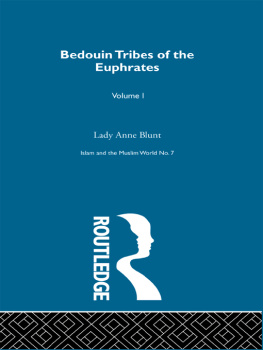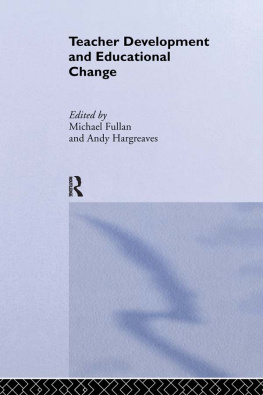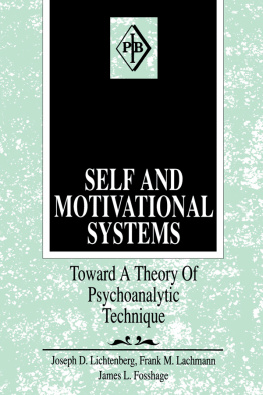First published in 1992 by Kegan Paul International Ltd
This edition published in 2013
by Routledge
2 Park Square, Milton Park, Abingdon, Oxon OX14 4RN
Simultaneously published in the USA and Canada
by Routledge
711 Third Avenue, New York, NY 10017
Routledge is an imprint of the Taylor & Francis Group, an informa business
John S. Guest 1992
Set in 10/12pt Baskerville
by Intype, London
No part of this book may be reproduced in any form without permission from the publisher, except for the quotation of brief passages in criticism.
British Library Cataloguing in Publication Data
Guest, John S,.
The Euphrates expedition.
1. Great Britain. Soviet Union. Middle East. Foreign relations, history
I. Title
327.41047
ISBN 0-7103-0429-3
Library of Congress Cataloging-in-Publication Data
Guest, John S.
The Euphrates expedition / John S. Guest.
182pp. 244cm.
Includes bibliographical references and index.
ISBN 0710304293
1. Euphrates River ValleyDiscovery and explorationBritish. 2. Steam navigationEuphrates RiverHistory19th century.
I. Title.
DS48.2.G86 1991
956.7dc20
918581
CIP
Contents
Illustrations
Abbreviations
BM | British Museum, London |
CE | F. R. Chesney, The Expedition for the Survey of the Rivers Euphrates and Tigris 1835, 1836, and 1837 |
CN | F. R. Chesney, Narrative of the Euphrates Expedition |
LC | Library of Congress, Washington, DC |
NPG | National Portrait Gallery, London |
YUL | Yale University Library, New Haven, CT |
Plates
.
.
.
.
.
.
.
.
.
.
.
.
.
.
.
.
.
.
.
Maps
1 The Euphrates valley in 1834
Plan
The maps were made by Tom Pretnar and Brad Howe, Waterbury, Connecticut, USA, adapted from original maps published in Chesneys Reports on the Navigation of the Euphrates and his Expedition for the Survey of the Rivers Euphrates and Tigris.
Figure 1 is taken from Chesneys Narrative of the Euphrates Expedition, facing p. 255. The artists name is not given.
This book invites the reader to cast the mind a hundred and fifty years back to a short span of time between 1829 and 1842. This was an exciting period when Britains might, demonstrated to the world at Trafalgar and Waterloo, was fortified by leadership in steam technology and was given a new direction by the liberal philosophy that British statesmen, thinkers and poets proclaimed at home and abroad.
From the material point of view it was a prehistoric age, when a letter from England took three months to reach India and live sheep were embarked on ships to provide fresh meat for the voyage. But despite changes in ways of life and forms of expression, the spirit of the times was not unlike the world we live in today.
The Euphrates expedition was an attempt by well intentioned British governments to achieve a geopolitical end by a technological means. The objective was to halt Russian expansion in the Near East, where some observers saw a threat to Britains control of India. The instrument would be a flotilla of iron-hulled paddle-wheel steamboats that would patrol the long stretch of the river Euphrates from the Anatolian mountains to the Persian Gulf. Two steamers were sent out from England in early 1835 to confirm that the river was navigable for such vessels.
New technologies, which in one way or another extend the reach of man, beguile politicians with a prospect of instant, relatively effortless results that can bring fame and favour to their sponsors. More cautious men are wary of new-fangled inventions until the test of time has shown their limitations as well as their powers. Even when a technology appears proven its application in a new environment often creates unanticipated problems that call for quick decisions by the managers of the project in which the technology is employed.
Britains efforts to navigate the Euphrates provide a case history for these truisms. The steamers, assembled in a makeshift shipyard in a primitive country, functioned well. Technical failures occurred, not because of faulty equipment, but due on one occasion to exposure to the unimagined stress of hurricane winds and on another to overworking the engine. After a third attempt had proved that the design of the vessels was inappropriate to the conditions along the river, the entire experiment was abandoned.
In the present age of instant communication, it is hard to imagine a project of national importance being undertaken when it required two or three months for reports from the scene of action to reach London or for the ministry in charge of the project to issue new instructions to the people in the field. The men on the spot were, inevitably, blamed for failing to achieve the desired results; but it is clear from the dates on which various letters were sent and received that the managers of the project made little provision for contingencies that might have been foreseen.
Politicians from both of the leading parties in Britain had been in charge of the Euphrates project. Consequently, after its abandonment there was no grand inquest but a tacit understanding that the project should pass quietly into oblivion. Historians have accepted this verdict and an occasional reference to the Euphrates expedition dismisses it as an irrelevant sideshow.
Yet sideshows are conducted by real people of flesh and blood who reveal their strengths and weaknesses at each step of the story. In this instance, a wealth of official papers and correspondence, supplemented by some published material and a meagre but rewarding file of contemporary prints and private letters, enables the reader to participate in the triumphs and tribulations of what one member of the expedition termed no mean undertaking.
I am most grateful for the access to official documents granted by the Public Record Office, the India Office Library and Records and the Public Record Office of Northern Ireland, as well as for the helpfulness of the staff at these institutions. Transcripts/translations of Crown copyright records in the Public Record Offices and unpublished Crown copyright material in the India Office Records reproduced in this book appear by permission of the Controller of Her Majestys Stationery Office. I am also grateful for similar permission from the French Ministre des Affaires trangres, Division Historique des Archives Diplomatiques.








